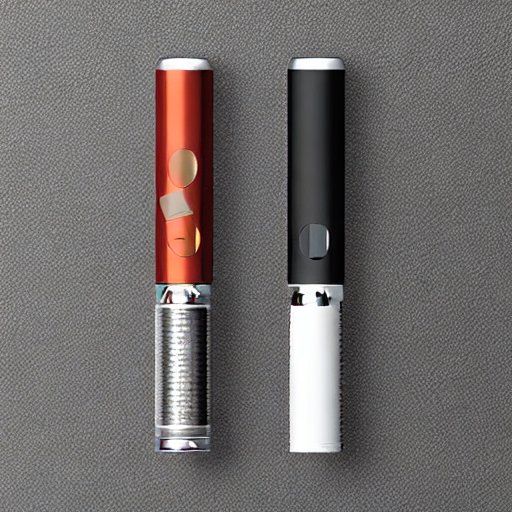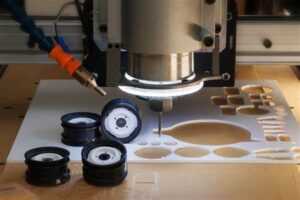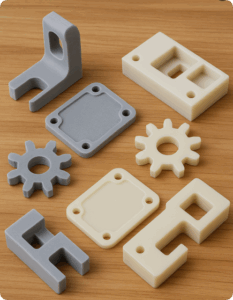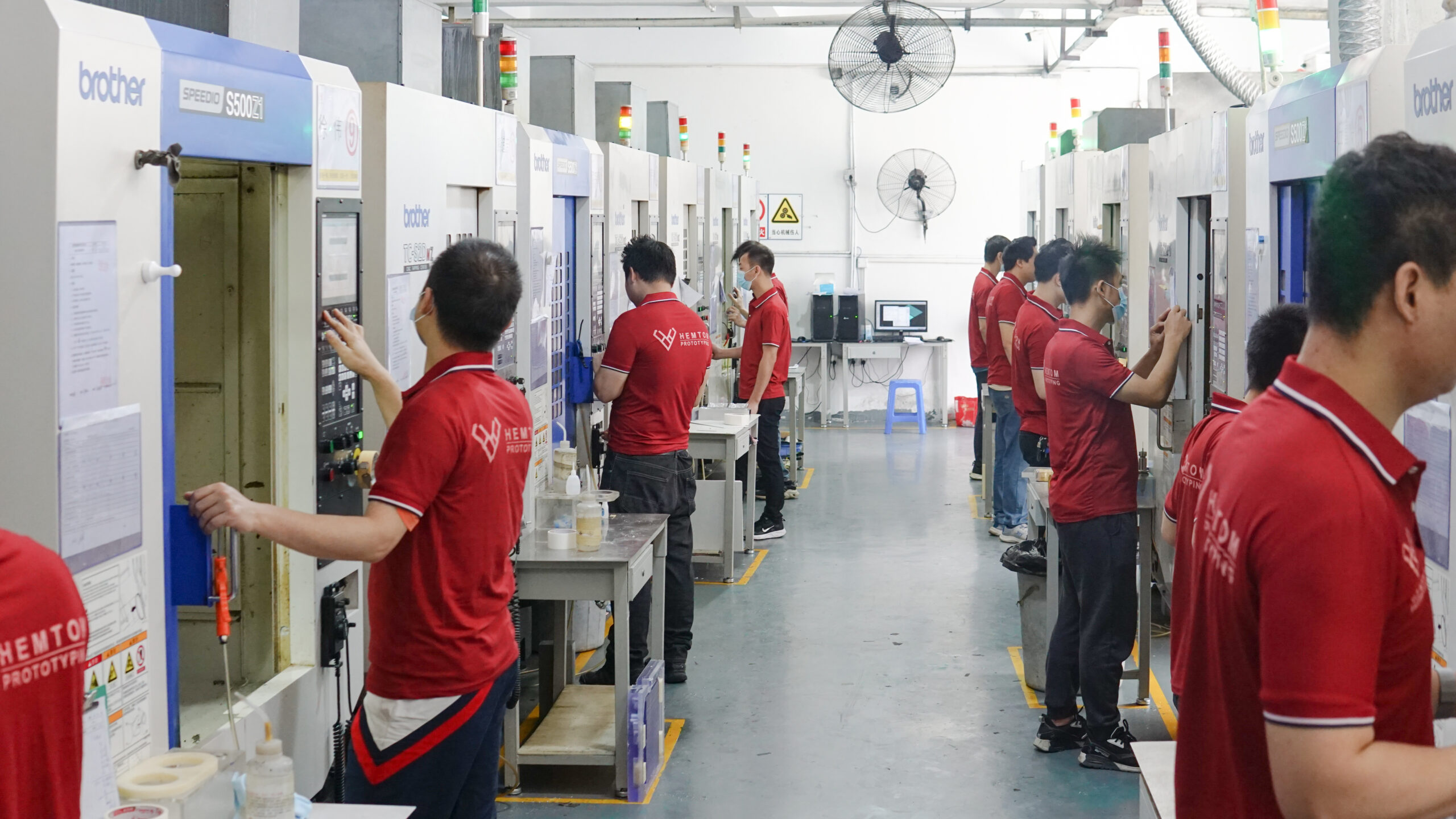On the road of modern innovation and product development, prototype production plays a vital role. Through prototypes, ideas can be visualized, and designs can be verified in practical applications. At the same time, it also provides a powerful tool for market testing and investor presentation. Among them, small-batch prototyping makes up for the gap between concept and mass production, providing designers, engineers and entrepreneurs with a platform for rapid verification and improvement.
Compared with large-scale production, small-batch prototyping is more flexible and adaptable. It allows manufacturers to make a small number of samples at a relatively low cost to test and verify different aspects of the product. However, small-batch prototyping is not without challenges. Although it provides innovators with many advantages, it also faces some difficulties and limitations. In the manufacturing process of small-batch electronic cigarette shells, manufacturers may face multiple challenges. These challenges require careful planning and innovative solutions to be successfully met to ensure product quality and delivery. Here are some possible challenges:
Small Batch Manufacturing Process
The production process is critical to the manufacture of small batch e-cigarette casings. Each product may have unique requirements, so choosing the right production process and method is a key factor in ensuring product quality and cost effectiveness.
Injection moulding
Injection moulding is a common manufacturing process for plastic enclosures. This method can provide high precision and intricate designs, but usually requires the manufacture of moulds for forming, which can add to the initial cost in small production runs. However, once the moulds have been created, injection moulding can produce large quantities quickly and is suitable for mass production.
3D Printing
3D printing technology is becoming increasingly popular for low-volume prototyping and production. It has the flexibility to produce complex geometries in a short period of time without the need for custom moulds. 3D printing low volume production use is an affordable option. However, it should be noted that 3D printing may have some limitations in terms of surface quality and accuracy, which need to be considered depending on the product requirements.
CNC Machining
CNC (numerically controlled) machining is a precision process for working with metals and plastics. It can provide highly accurate products for enclosures that require high precision dimensions and surface quality. However, unlike 3D printing, CNC machining usually requires customised tools and procedures, so low volume CNC machining can involve higher initial costs.
Vacuum forming
Vacuum forming is a thermoplastic process used to manufacture plastic housings. It is suitable for long run production, but can also be applied to short run production, especially when complex surfaces and textures are required. This method usually requires the manufacture of moulds, but the cost of mould making is low compared to injection moulding.
Hand finishing
For enclosures with unique requirements or artistic demands, hand finishing involving hand-engraving, painting, and assembly may be an option. However, hand finishing can extend manufacturing lead times and limit production capacity, making it suitable for small quantities of customized products.
In navigating these challenges, manufacturers must strike a balance between precision, cost-effectiveness, and lead times to successfully navigate the intricacies of small-batch prototyping in the electronic cigarette casing industry.




